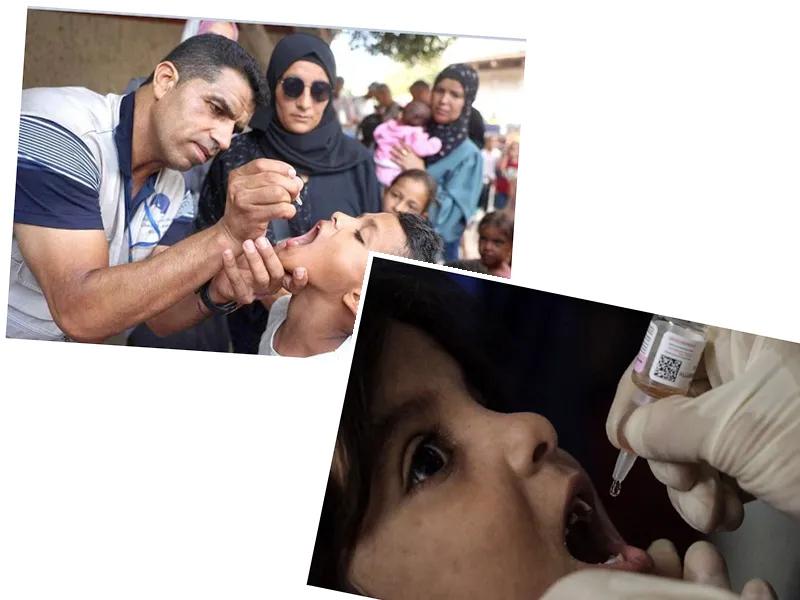Understanding Monkeypox: Origins and Spread
Monkeypox, a viral disease initially discovered in monkeys in 1958, is causing significant concern two years after its global spread began. Known for symptoms like high fever, muscle pain, and skin rashes, it first infected humans in the Democratic Republic of the Congo in 1970. The disease remained largely confined to about 10 African nations until 2022, when it began to appear in developed countries, raising alarms among health authorities.
Current Outbreak and Risks
As of now, the Democratic Republic of Congo is experiencing a severe outbreak, reporting 548 deaths out of approximately 16,000 suspected cases this year. The current strain, known as strain 1, is linked to more severe illness, particularly among children and vulnerable populations. Experts warn that the emergence of a new variant, “1B,” could complicate matters further, with its first detection outside Africa occurring in Sweden. The risk of transmission remains high, especially as the virus spreads through bodily fluids and direct contact with rashes.
The Path Forward: Vaccination and Global Response
Health authorities, led by the World Health Organization, are closely monitoring the situation. Vaccination is deemed crucial to combatting the spread of monkeypox, yet access to effective vaccines remains limited in Africa. Experts emphasize the need for rapid international cooperation to curb the outbreak and prepare for potential cases in Europe and beyond. With the European Center for Disease Prevention and Control acknowledging a low risk of transmission but warning of possible imported cases, vigilance and proactive measures are essential to prevent a wider epidemic.






